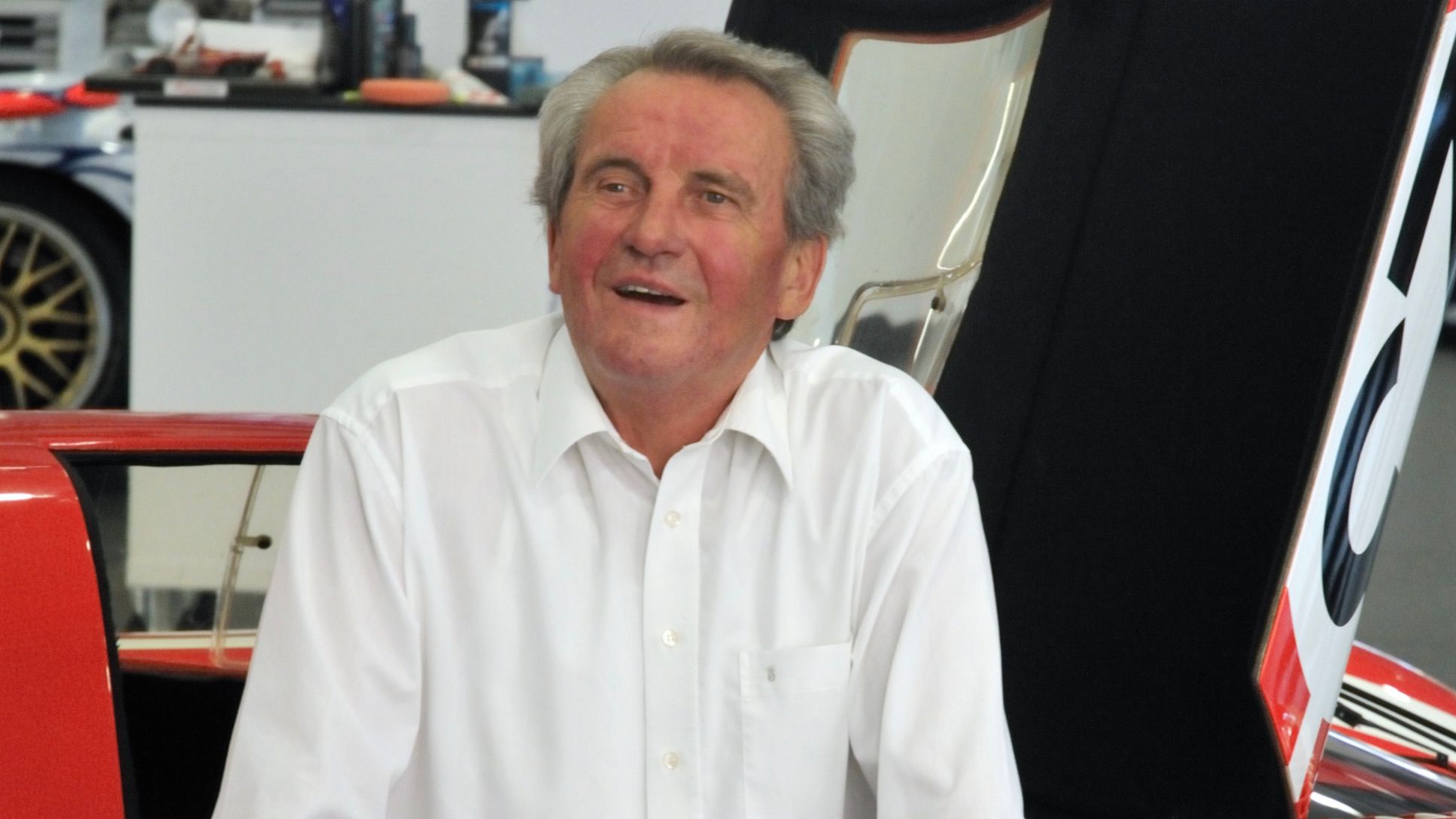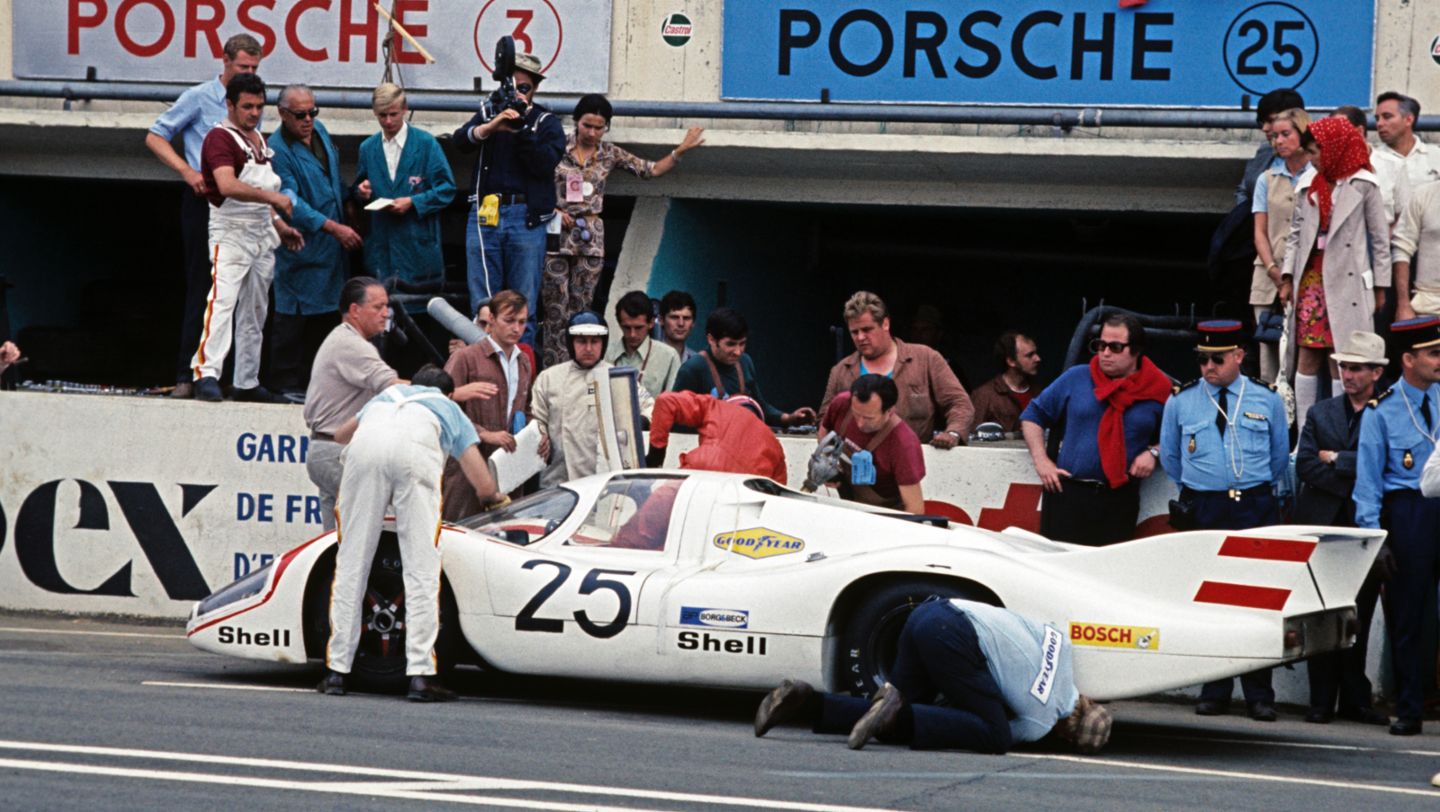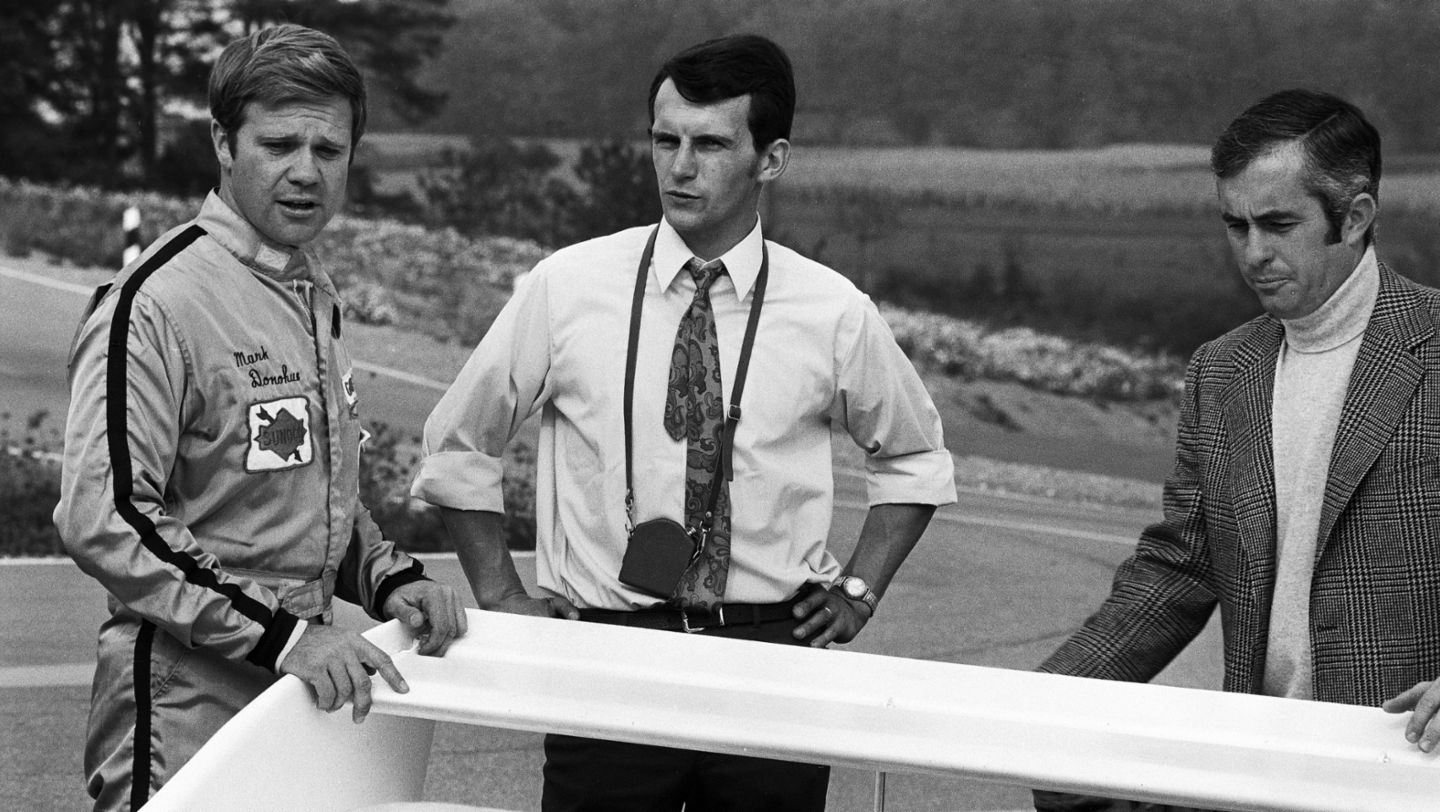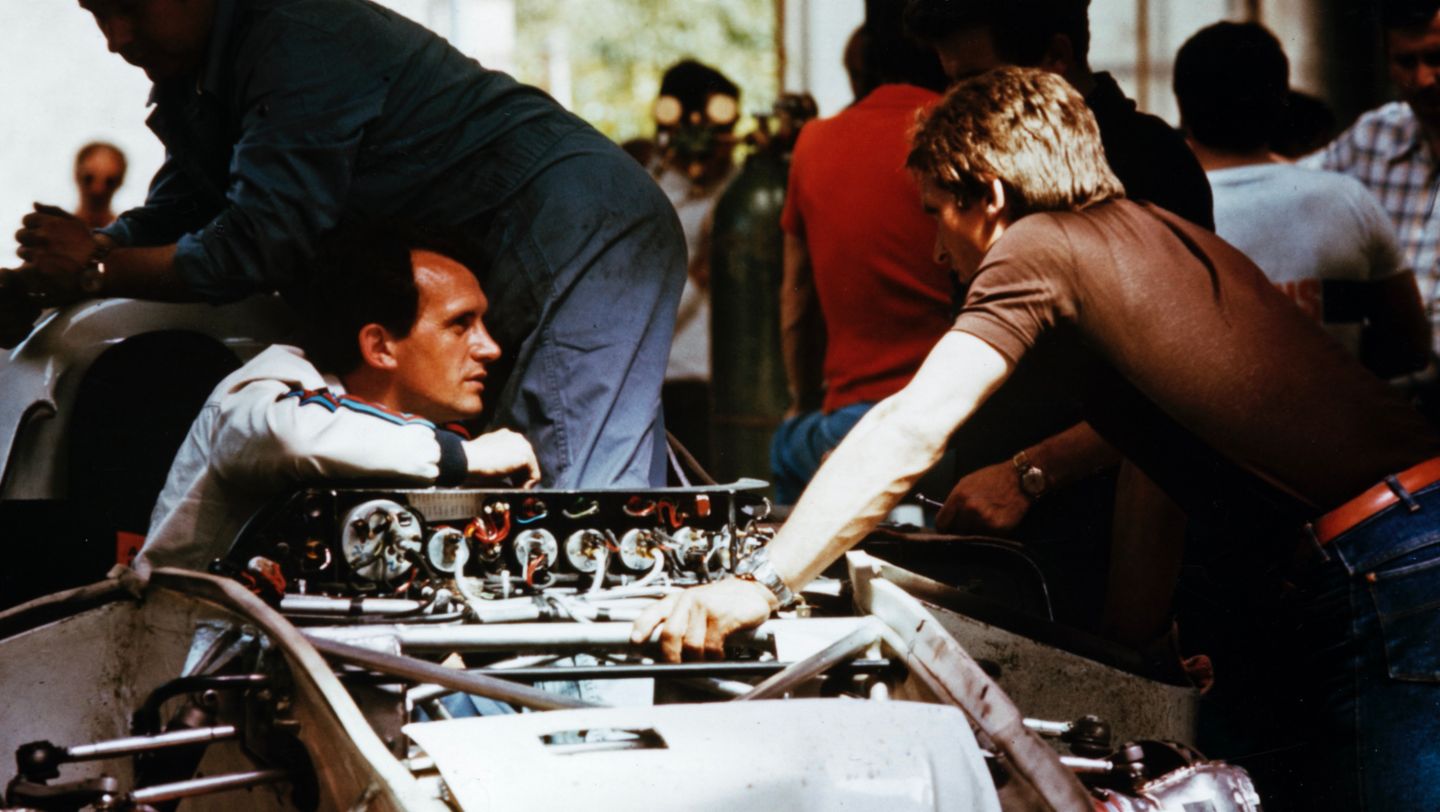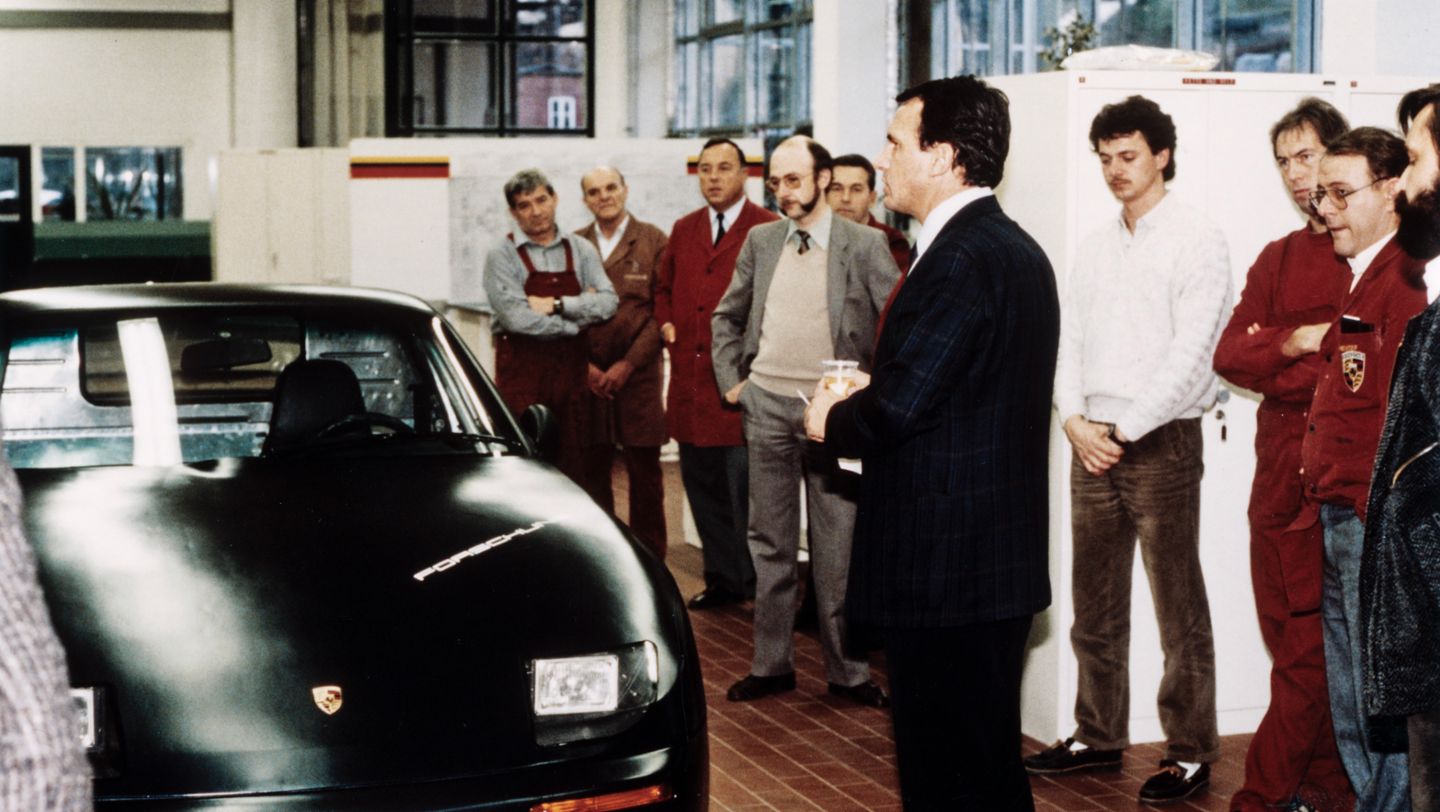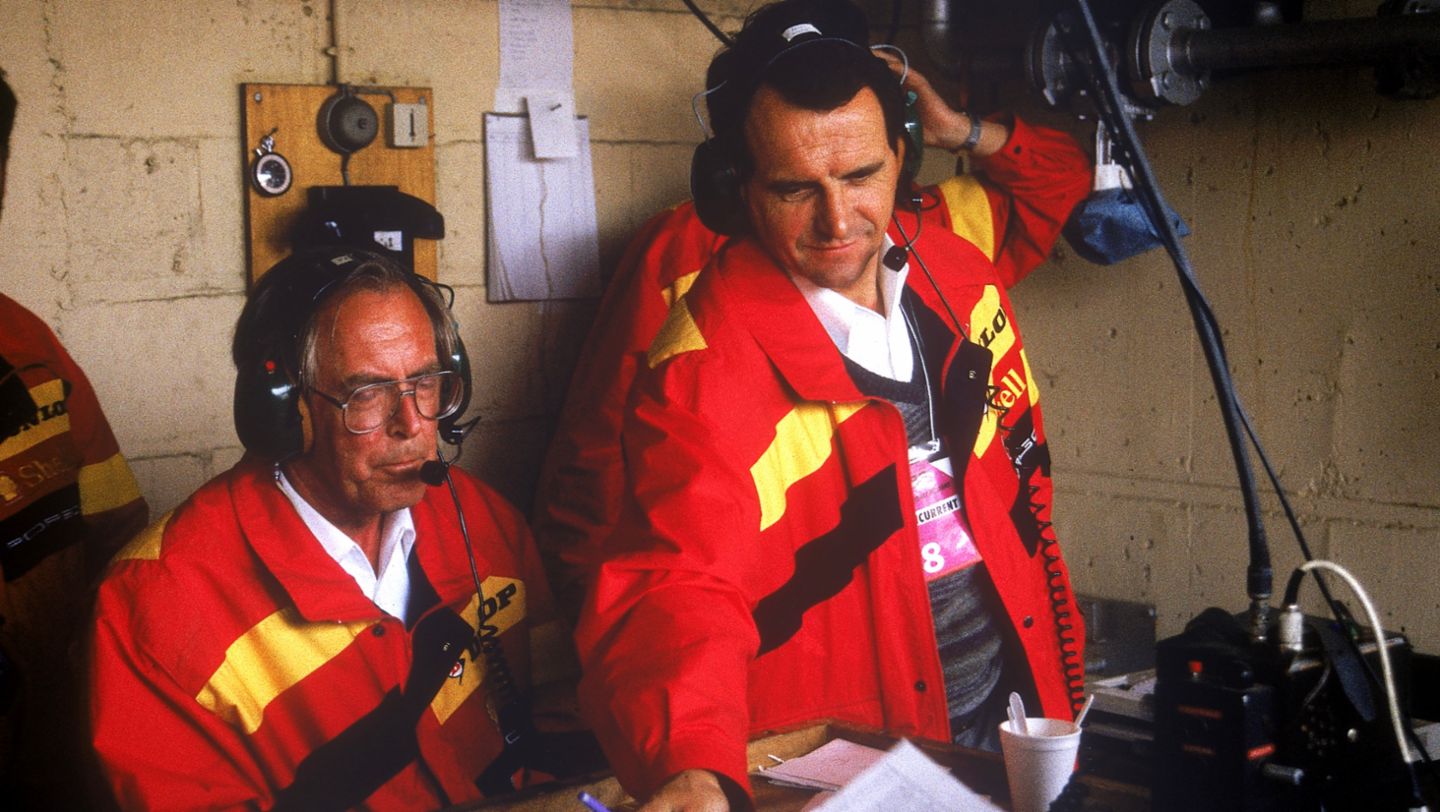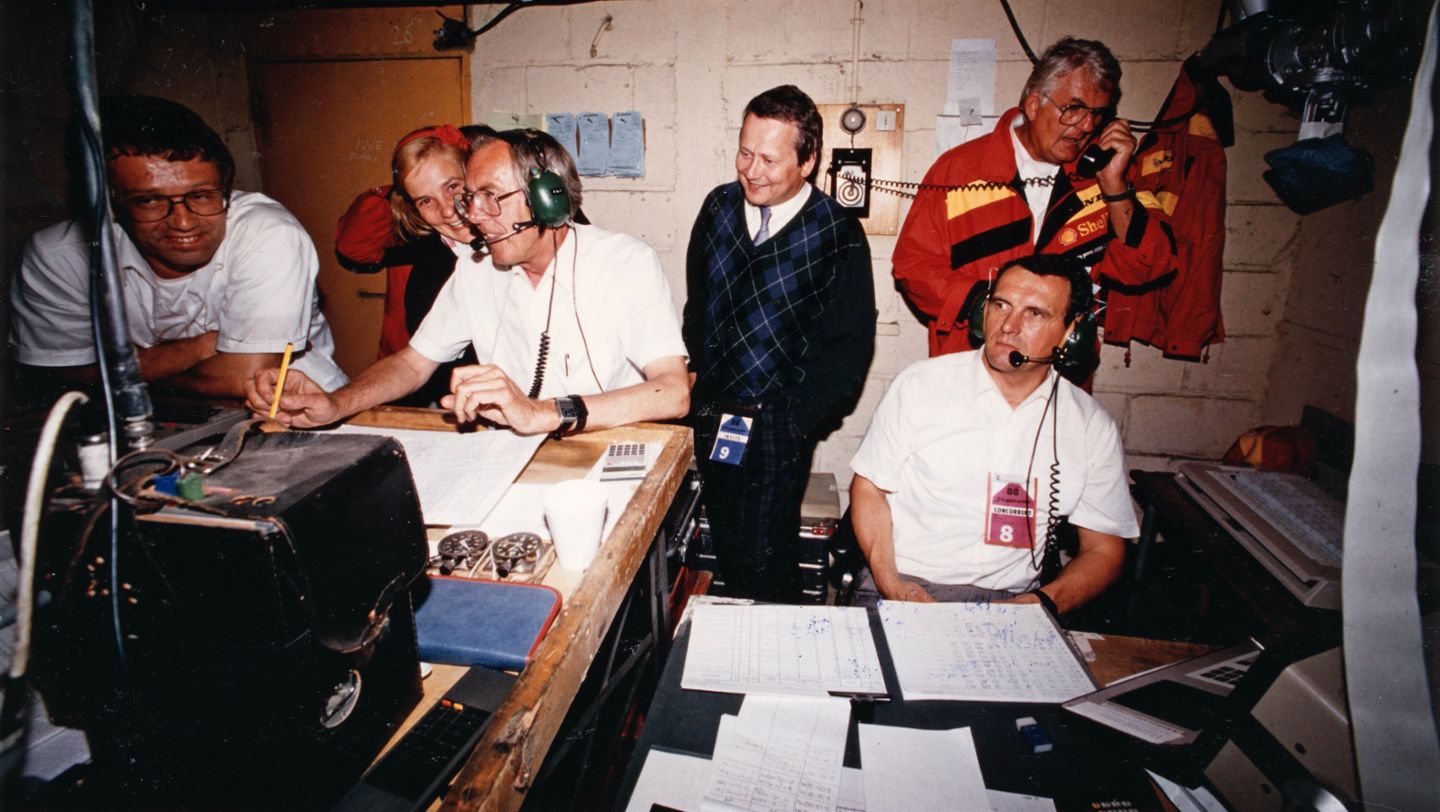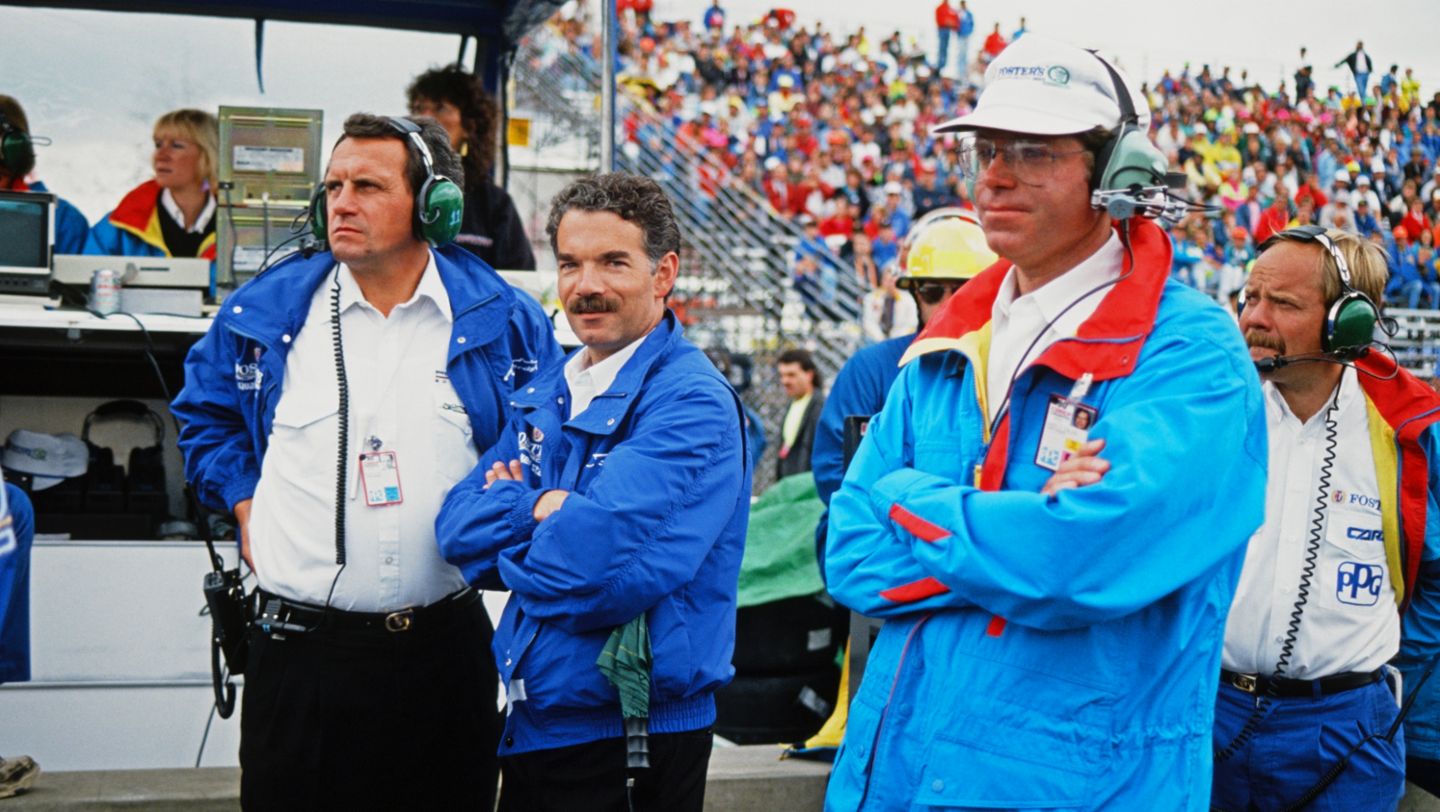Suspension specialist Prof. Flegl joined the Stuttgart-based carmaker in 1966. Just three years later, the graduate engineer, who was only 27 years old, was responsible for the 917 project with Hans Mezger and Peter Falk. The task was to turn the seemingly untamable racing car into a winner. Ferdinand Piëch, head of development at Porsche at the time, wanted to beat everyone and everything with this supercar. However, after initial tests, seasoned racing drivers considered the 917 undrivable. “For my team and me, the biggest challenge at the time was to reconcile the potential of this car with the needs of the drivers,” Prof. Flegl recalls.

The 917 project was top priority at Porsche and was driven forward with commitment. Racing drivers Jo Siffert and Kurt Ahrens won the 1000-kilometre opening race at the new Österreichring in Zeltweg with the car for the first time in the summer of 1969, but Piëch demanded the overall victory – the first for the Stuttgart-based sports car manufacturer. That's why he spurred Prof. Flegl and his team on to optimise the handling and schedule many test drives.
Tests with the 917
Prof. Flegl will never forget one of these tests: On 7 April 1970, Porsche factory driver Kurt Ahrens tested a modified 917 long-tail version on the sealed-off Ehra-Lessien test site. The team of technicians led by Prof. Helmut Flegl and Peter Falk conducted the driving programme. A gust of wind from the side caused the car to be torn in two at the guard rail – Kurt Ahrens survived this nasty accident with bruises and contusions. Nevertheless, all the work had paid off. The 580-hp 917 KH claimed the first overall Porsche victory in the 24 Hours of Le Mans in 1970.
Prof. Flegl and his Weissach engineering colleagues Hans Mezger and Valentin Schäffer also had reason to celebrate in 1971, when Jackie Oliver took the wheel of a Porsche 917 LH on the second day of pre-tests for the 24 Hours of Le Mans. Before the Briton got going, Prof. Flegl cautioned him: “We’re not quite sure about aerodynamic stability on the straights beyond a speed of 300.” Six trouble-free laps later, Prof. Flegl received the positive feedback and therefore ordered only marginal changes.
Record lap at Le Mans
To attain even more downforce, for example, he had the wheel arch vent slots on the front wings moved further forward. His order: “Now drive five laps at maximum speed.” The result: With a stopped time of 3:13.60 minutes, Jackie Oliver’s performance went down in the history books as the first Le Mans lap with an average speed of more than 250 km/h – exactly 250.457 km/h was calculated, although as a test drive it was not officially recognised. And Porsche was also able to repeat its overall victory at Le Mans in the same year.
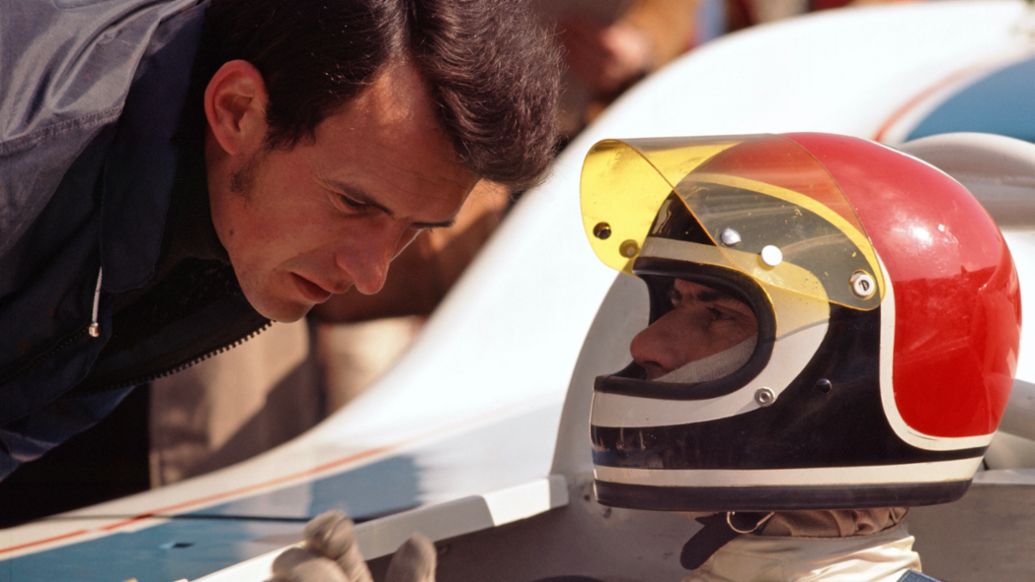
In 1972, the 917/10 Can Am Spyder conquered the North American CanAm racing series with the active collaboration of Prof. Flegl. From there it advanced to become the most powerful Porsche racing car. In 1973, Prof. Flegl lengthened the wheelbase of the 917/30 to improve its drivability, significantly stabilising the car in races. He also worked successfully on the aerodynamics, which provided the necessary downforce for the enormous power of 1100 hp.
Collaboration on the 936 and 928
Prof. Helmut Flegl put the Porsche 936 on wheels, then took over the project management of the 928 in 1976. In 1978, he returned to the racing department and continued his work on the 936. In 1988, he pushed the Indy project forward with Theo Fabi. This project was scheduled for three years and was subsequently discontinued. Much to Prof. Flegl’s regret: “Had we been given one more year, we would have achieved our goal.”
Prof. Helmut Flegl reached the end of his career in 2003: After 37 Porsche years, most recently as head of the Research and Advance Engineering department in Weissach, he took early retirement. He has lived in Leonberg ever since.
